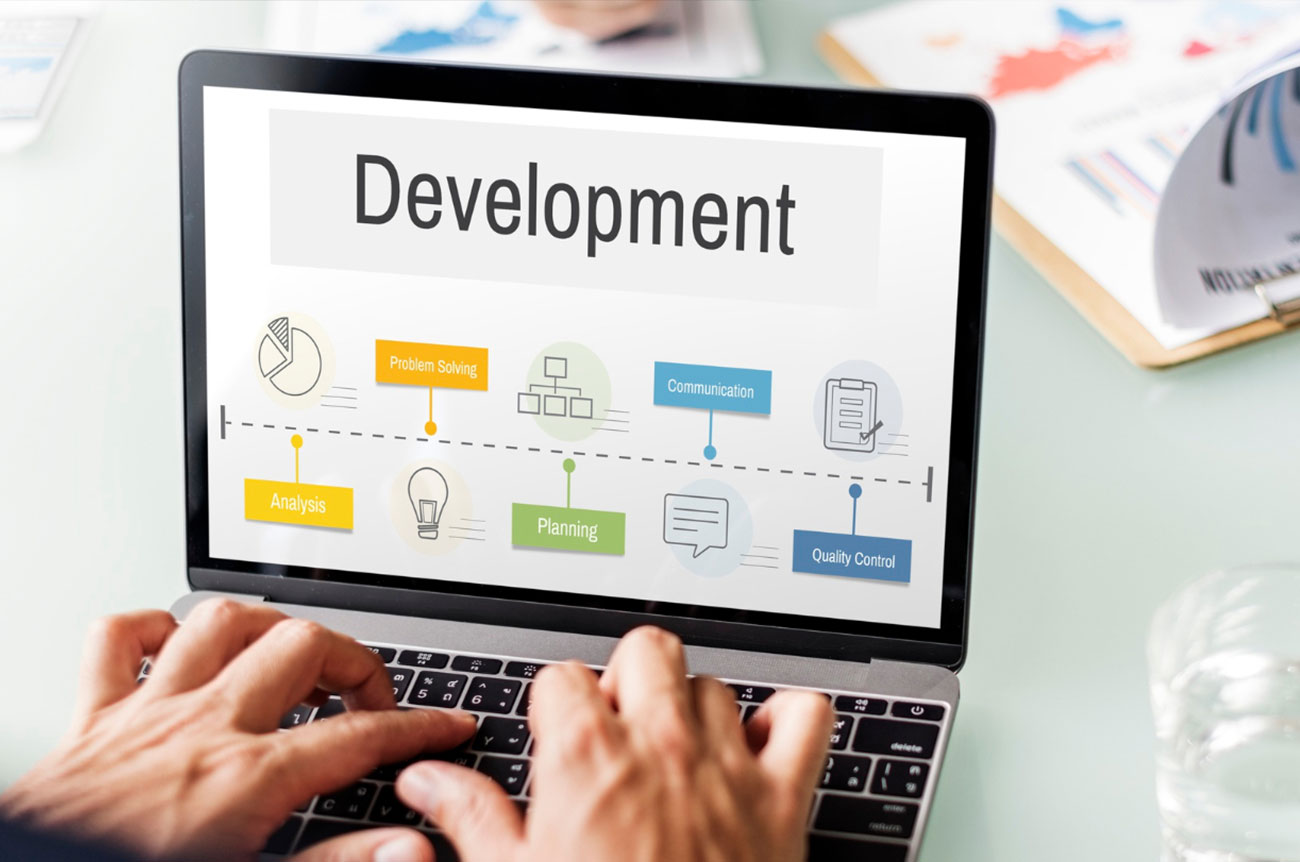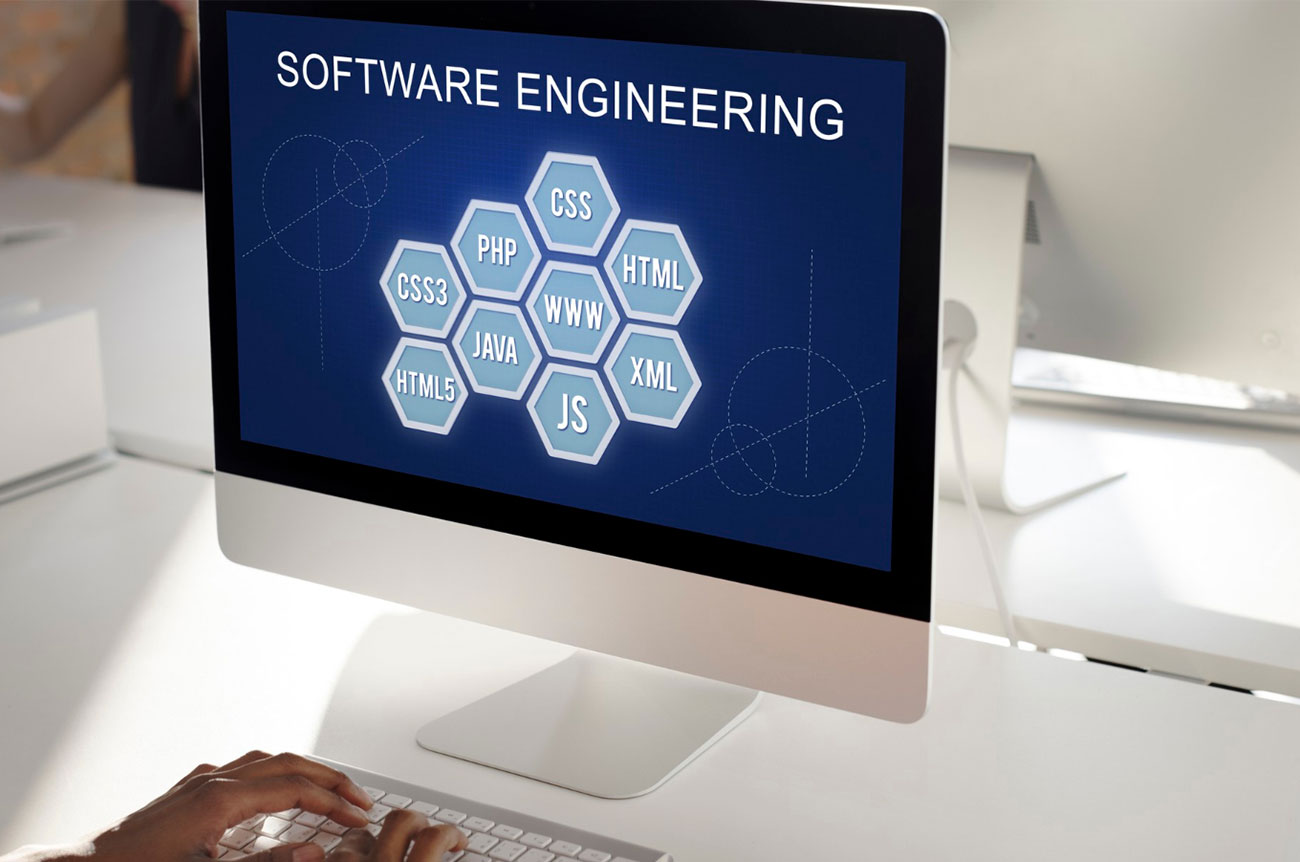Posted On August 24, 2024
Trends and Best Practices in Software Engineering
It's essential to ensure that our teams are not just keeping pace but leading the way in innovation, quality, and efficiency. Let's explore some of the key trends and best practices that are shaping the software engineering landscape today.
1. Emphasis on DevOps and Continuous Integration/Continuous Deployment (CI/CD)
DevOps has moved from a buzzword to a fundamental approach in software development. Integrating development and operations teams ensures faster delivery cycles, higher quality releases, and more reliable software. CI/CD pipelines are at the heart of this transformation, enabling automated testing, integration, and deployment processes that reduce human error and speed up the delivery of new features and updates.
Best Practice: Encourage the adoption of CI/CD practices across all projects. Automate testing and deployment pipelines to ensure consistency and reduce the time to market.
2. Microservices Architecture
The shift from monolithic applications to microservices architecture is a significant trend in software engineering. Microservices break down complex applications into smaller, independent services that can be developed, deployed, and scaled independently. This approach enhances flexibility, scalability, and resilience.
Best Practice: When designing new systems or refactoring existing ones, consider a microservices architecture to improve modularity and ease of maintenance. Ensure that communication between services is secure and efficient.
3. Embracing Cloud-Native Development
Cloud computing has become the backbone of modern software development. Cloud-native development involves building applications that are designed to run on cloud platforms, leveraging the full potential of the cloud for scalability, flexibility, and cost efficiency. Kubernetes, Docker, and serverless computing are key technologies driving this trend.
Best Practice: Adopt cloud-native practices to ensure your applications are scalable, resilient, and cost-effective. Invest in training your teams on cloud platforms and containerization technologies like Docker and Kubernetes.
4. Focus on Security and Privacy
With the increasing frequency of cyberattacks and data breaches, security and privacy have become top priorities in software engineering. Security needs to be integrated into every stage of the development lifecycle, from design to deployment.
Best Practice: Implement a DevSecOps approach, integrating security practices into your DevOps processes. Conduct regular security audits, code reviews, and penetration testing. Ensure compliance with relevant data protection regulations, such as GDPR or CCPA.

5. Artificial Intelligence and Machine Learning Integration
AI and machine learning are transforming how software is developed, tested, and maintained. From intelligent code completion and bug detection to predictive analytics and automated testing, AI/ML is enhancing the efficiency and accuracy of software engineering processes.
Best Practice: Explore AI/ML tools that can be integrated into your development pipeline. Encourage your teams to experiment with AI-driven solutions to improve productivity and code quality.
6. Remote Work and Distributed Teams
The COVID-19 pandemic accelerated the shift towards remote work, and this trend is here to stay. Managing distributed teams requires new tools and practices to ensure collaboration, productivity, and communication are maintained at high levels.
Best Practice: Invest in collaboration tools like Slack, Zoom, and GitHub that facilitate remote work. Establish clear communication channels and set expectations for remote work to ensure team alignment and productivity.
7. Agile and Lean Methodologies
Agile and Lean methodologies continue to dominate the software engineering landscape, emphasizing iterative development, customer feedback, and continuous improvement. These methodologies are not just for development teams but are being adopted across entire organizations.
Best Practice: Foster an Agile mindset across your teams. Encourage iterative development, regular feedback loops, and continuous learning. Use Lean principles to eliminate waste and improve efficiency in your processes.
Conclusion
The software engineering field is dynamic, with new trends emerging and best practices evolving continuously. As a leader in engineering, it's vital to stay informed and ensure that your teams are adopting these trends and practices to remain competitive and deliver high-quality software. By embracing DevOps, microservices, cloud-native development, security, AI/ML integration, remote work, and Agile methodologies, you can drive innovation and excellence in your organization.







